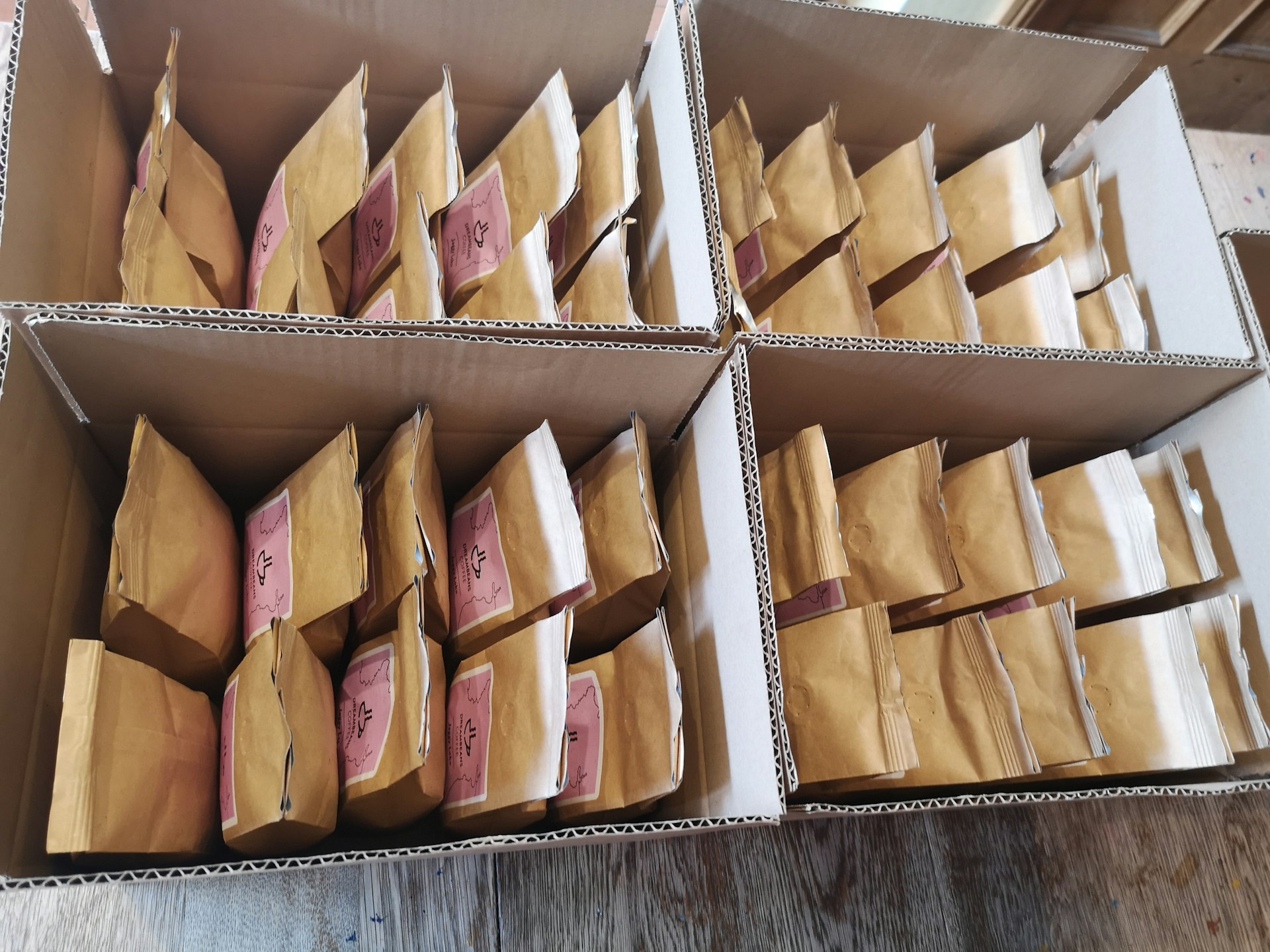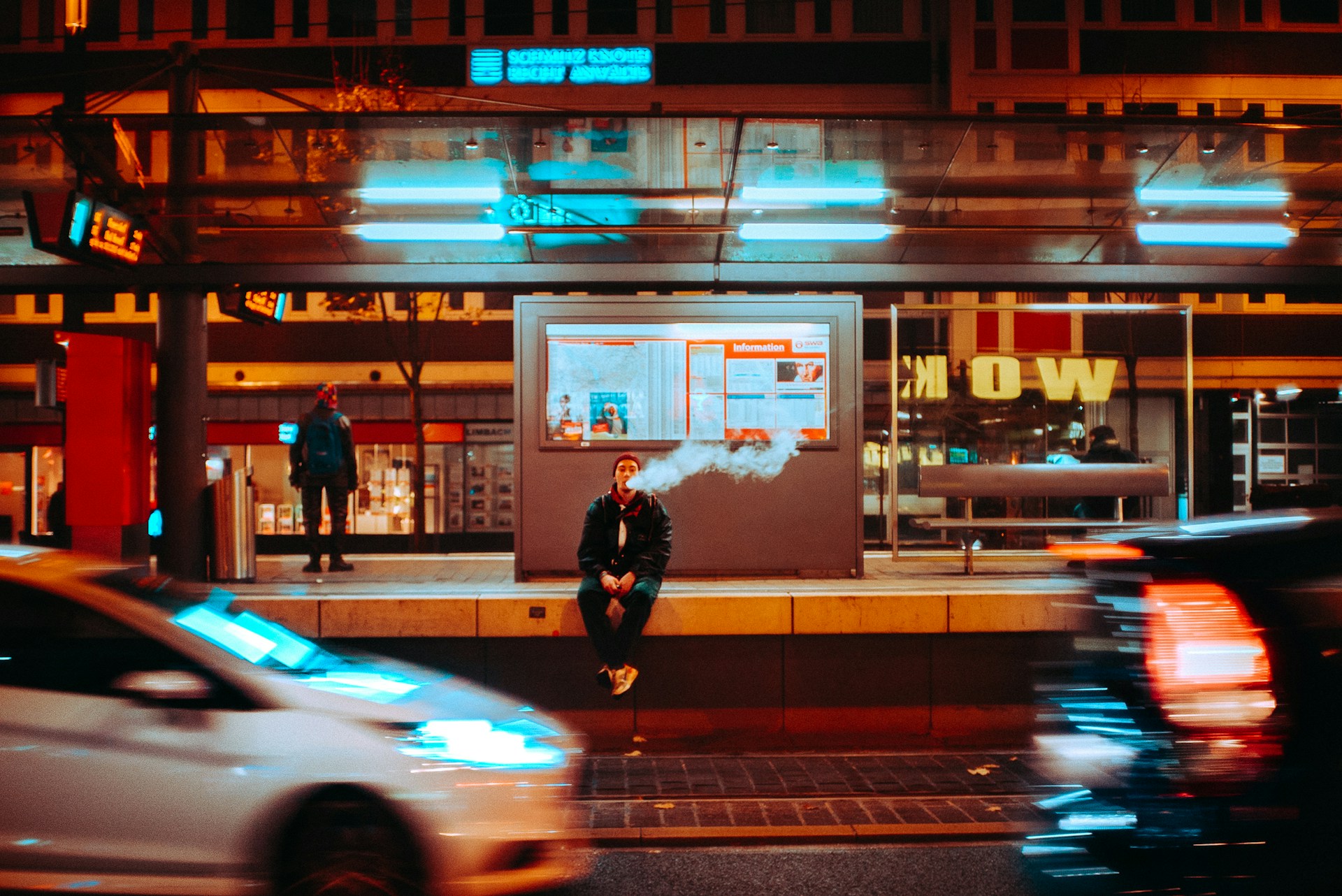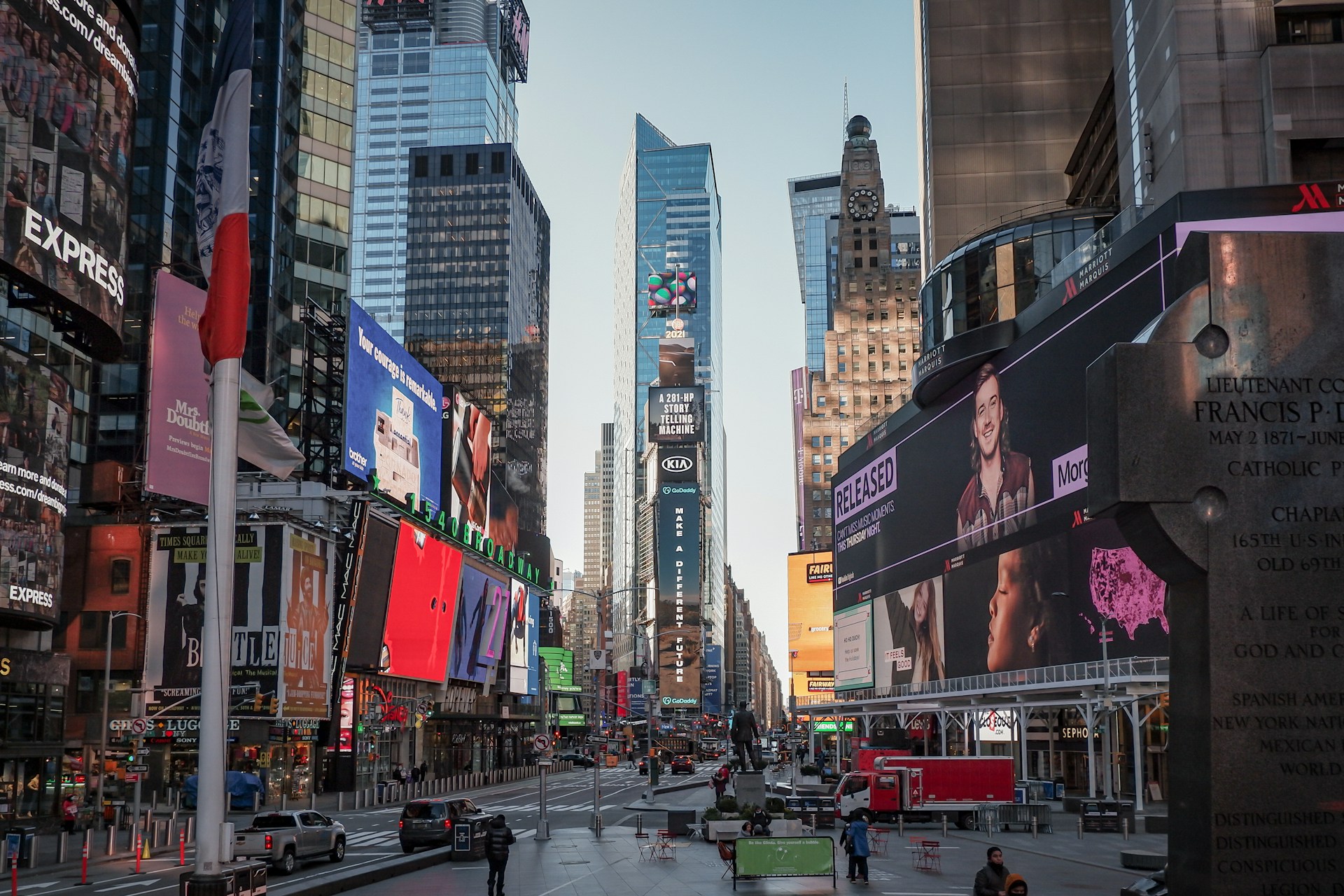
First Impressions Sell: Why Product Packaging Is Your Silent Salesperson
- Herminia Baker
- April 3, 2025
- Default
- 0 Comments
Product packaging is more than just a protective layer around items; it’s a vital part of brand strategy, consumer psychology, and overall product success.
The look and feel of a package can transform an ordinary product into a must-have item, winning over shoppers before they say a word to a salesperson or even interact with your brand online.
This post explores how product packaging shapes purchase decisions, reinforces visual branding, and sets your product apart on crowded shelves. You’ll learn how effective packaging combines custom print techniques, strategic design, and a clear understanding of customer expectations.
We’ll cover six essential aspects that make packaging a powerhouse for your business—from influential color choices and unboxing experiences to sustainable materials and cohesive brand design.
By the end, you’ll understand why investing time and creativity into packaging delivers lasting returns, and you’ll be ready to enhance your approach.
Packaging Is Your Brand’s First Touchpoint
The Silent Communicator
Before a consumer interacts with your staff or browses your website, they often see your product packaging. This initial glance creates powerful perceptions about your brand. A polished, creative package radiates trust and professionalism, inviting people to learn more about what’s inside.
Product Packaging Signals Value
High-quality custom print packaging tells consumers that your brand values detail. Even subtle touches like embossing, foil stamping, or textured paper can create a sense of luxury. Conversely, bland or generic packaging may signal that your product isn’t differentiated or worth the investment.
Example: Premium gadgets like smartphones arrive in precisely engineered boxes, while eco-friendly skincare brands often opt for rough-hewn, recycled materials to signal their sustainability efforts.
Visual Branding Creates Shelf Impact
Standing Out in a Sea of Choices
Supermarket shelves and digital shopping platforms are awash with products. A distinctive packaging design helps ensure your offering is noticed, remembered, and chosen ahead of competitors.
Visual branding uses a combination of colors, shapes, logos, and typefaces to make your product asset instantly recognizable.
The Psychology of Color and Shape
Consumers associate certain colors and design elements with emotions or functional benefits. Red can evoke excitement and appetite (common in snack foods), while blue signals trust and dependability.
Unique packaging shapes—for example, a honey jar shaped like a beehive—anchor your product in the consumer’s mind.
Example: Beverage brands often use signature color palettes and bottle designs, allowing fans to spot their favorite drink from across the aisle.
Unboxing Experience Drives Loyalty
The Journey from Box to Product
The unboxing moment has emerged as a make-or-break brand interaction, especially among younger consumers. Well-designed packaging makes opening a product a memorable experience, creating a sense of anticipation that leads to delight and, often, loyalty.
Social Sharing and Word-of-Mouth
Smart product packaging encourages sharing. Many buyers post unboxing videos or photos on social media, offering free exposure. Adding subtle custom print branding, clever interior messaging, or high-impact visuals gives fans something to share and talk about.
Example: Subscription boxes for beauty or snacks often use branded tissue papers, inserts with tasting notes, or playful textures to elevate the unboxing ritual.
Custom Print Packaging and Personalized Touch
Tailored Solutions for Modern Brands
Custom print packaging allows companies to adapt to specific campaigns, product launches, and customer demographics. Whether it’s adding a customer’s name, running limited editions, or emphasizing eco-friendly values, tailored packaging strengthens customer engagement.
Boosting Perceived Value
Personal touches, such as handwritten notes or unique artwork, turn purchases into gifts—even when someone buys for themselves. This added value isn’t lost on shoppers looking for meaningful connections with the brands they support.
Example: Coffee brands that print batch information or tasting notes directly on the bag signal exclusivity and care, encouraging buyers to learn more about the product’s origin.
Sustainable Packaging as a Brand Differentiator
Environmental Responsibility Matters
Modern consumers favor brands that prioritize sustainability. Using recycled materials, biodegradable options, or minimalist packaging reduces waste and appeals to eco-conscious shoppers.
Storytelling Through Materials
When companies share the origins or impact of their packaging choices, shoppers are more likely to become advocates. For example, using ocean-recycled plastics or compostable labels can become part of your visual branding and story.
Example: Tea companies now incorporate biodegradable sachets and recycled boxes, signaling a genuine commitment to the environment that goes beyond the product itself.
Consistency in Brand Design Builds Recognition
Cohesive Visual Branding
All aspects of your product’s visual branding—from logo placement to font choice and layout consistency—should reinforce your identity. Cohesion across packaging types and product lines reduces confusion, increases trust, and builds a strong emotional bond.
Global and Digital Consistency
With products often sold across multiple channels, maintaining a unified design ensures your brand stays recognizable whether a consumer sees your product in a physical store or online. Consistency drives instant recognition and fosters long-term loyalty.
Example: Well-known cosmetic brands maintain a consistent aesthetic across mini-travel versions and full-size products, helping buyers spot genuine articles instantly.
Taking Packaging Beyond the Box
Effective product packaging does much more than protect what’s inside. It’s a comprehensive brand strategy tool, a vehicle for visual branding, a trigger for emotional response, and a crucial competitive advantage.
When brands invest in thoughtful, impactful custom print packaging, they inspire consumers to learn more, share experiences, and stay loyal.
If your business relies on product sales, rethinking your design strategy might be the next best investment you make. Review your packaging through your customer’s eyes.
Does it reflect your brand’s values, tell your story, and compel shoppers to reach for your product? If not, exploring bold new designs, sustainable options, and personalized touches can make a world of difference.




